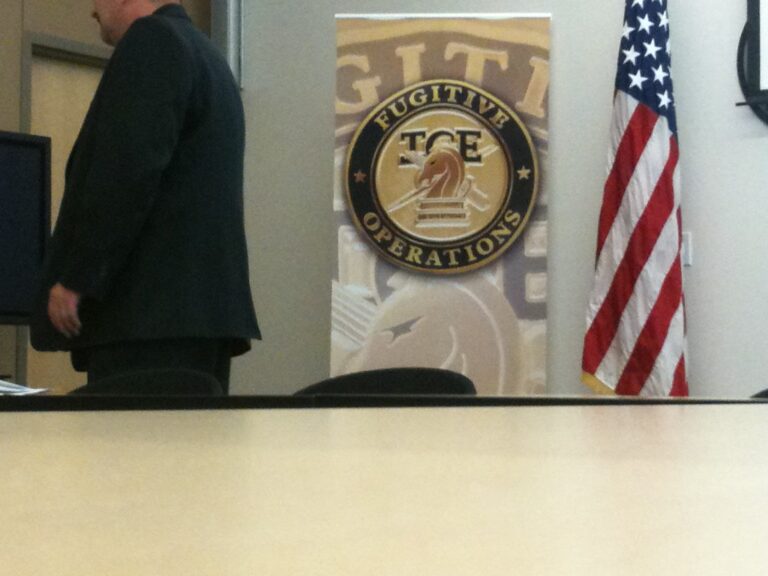Key takeaways:
- Rising star Jasmine Crockett weighs a Senate bid against Texas GOP heavyweights.
- Would face Sen. John Cornyn and challengers in both Republican and Democratic primaries.
- Her campaign talk centers on expanding turnout among young and new voters.
- Supporters say she brings energy and fresh ideas to Texas politics.
Jasmine Crockett Eyes Senate Race
In a surprising twist, Representative Jasmine Crockett is thinking about a Senate run. Her comments came after Texas Republicans redrew her House district. In fact, the new lines make her seat tougher to hold. Therefore, she joked about switching contests and taking on the statewide race. If she jumps in, she could shake up Texas politics.
Ted Cruz Calls Her “Crazy”
During a recent interview, Senator Ted Cruz reacted sharply to news of her potential bid. He said he’s seen polls showing her leading the Democratic primary. However, he added that today’s Democratic Party “has no shortage of crazy.” The remark sparked buzz across social media. Meanwhile, supporters rushed to defend Crockett’s record.
A Crowded Democratic Field
If Crockett joins the contest, she won’t run alone. Former Representative Colin Allred is likely to enter. He built his reputation challenging Cruz in 2024. In addition, state Representative James Talarico filed to run back in September. Astronaut Terry Virts also signaled his interest. Consequently, Crockett would face a tough primary fight.
What Jasmine Crockett Brings to the Table
First, she built a solid base in Dallas. Her district covers parts of the city where young people live. Next, Crockett speaks directly to voters who rarely head to the polls. She plans to test turnout models and tap new demographics. Therefore, her campaign theme centers on expanding the electorate.
Strong Voice on Key Issues
Crockett often highlights natural disaster responses in Texas. For example, she criticizes state officials for slow flood rescue efforts. She also points to cuts in federal aid under President Trump. As a result, her message appeals to families worried about safety and resources. Moreover, she draws support from progressive activists eager for change.
Support from Fellow Democrats
Representative Al Green praised her potential run. He said she can fire up young and first-time voters. In his view, Texas is changing as more young people register to vote. Similarly, Senator Joaquin Castro described her as tireless and charismatic. Castro added that she brings a spark to every campaign event. Such endorsements show growing confidence in her appeal.
How the Primary Could Unfold
The Democratic primary will test her campaign skills. Polls suggest she might take an early lead among registered Democrats. However, Allred boasts strong name recognition across the state. Meanwhile, Talarico appeals to more centrist blue voters. Additionally, Virts could draw interest from moderate independents. Consequently, Crockett needs a clear strategy to stand out.
Redistricting and “Karma”
In an interview on SiriusXM, Crockett described redistricting as “karmic.” She explained that Republicans took away her district’s core voters. So she feels entitled to challenge a seat of 30 million Texans. She also said the primary is only the start. After winning that, she must win the general election. Thus, her gamble rests on turning new faces into voters.
Expanding the Electorate
Crockett plans targeted outreach to bring more people to the polls. She mentioned testing messaging to identify which groups respond best. For example, she wants to reach voters who rarely vote in non-presidential years. She also hopes to mobilize community leaders to host local events. Ultimately, she believes small shifts in turnout can decide close races.
Potential Impact on Voter Turnout
If Crockett succeeds in sparking interest, she could redefine voter engagement in Texas. New voters often lean younger and more diverse. Therefore, her campaign might reshape future races across the state. Moreover, a high turnout in her favor could encourage other progressives to enter similar contests next cycle.
Facing Senator John Cornyn
On the Republican side, Senator John Cornyn is a seasoned incumbent. He’s served in the Senate since 2002 and holds key committee roles. Cornyn has strong fundraising networks and endorsements. However, he may face growing discontent among suburban voters. In that scenario, Crockett would pitch herself as a fresh alternative.
Ted Cruz’s Warning
Cruz’s “crazy” remark may reflect broader GOP concern. He and Cornyn represent different wings of the party, but both oppose her bid. Despite his harsh tone, Cruz noted that Democrats have plenty of “crazy.” That comment could backfire by mobilizing her supporters. Opposition attacks often drive outsiders’ energy.
Challenges Ahead
A statewide race in Texas demands huge resources. Campaign ads, staff, and events cost millions. Crockett must prove she can raise enough money. Also, she needs to build a network beyond her Dallas base. Meanwhile, she faces the reality of a Republican-leaning electorate in statewide contests. Thus, the odds remain tough.
Why Some Believe in Her
Still, backers point to shifting demographics in Texas. Urban areas keep growing, and blue pockets appear around major cities. A motivated base of young voters could tip the balance in close races. In fact, several recent contests in Texas showed just how competitive they can be. Therefore, Crockett’s strategy banks on those changing trends.
Looking Ahead to 2026 Election
The filing deadline for the Senate race isn’t until next year. So Crockett has time to test the waters. She can attend town halls, raise small dollars, and gauge volunteer interest. At the same time, opponents will solidify their own campaigns. Consequently, the next several months will be crucial for all contenders.
What Comes Next
First, Crockett’s team will finish its polling and focus group tests. Then, she’ll announce whether she’s fully committed. Should she decide to run, expect a formal launch with detailed policy plans. If not, she’ll likely seek re-election in her current seat. Either way, observers expect her to remain a key figure in Texas politics.
The Bottom Line
Jasmine Crockett’s possible Senate bid has already made waves. She brings energy, a plan to expand turnout, and clear critiques of the status quo. Yet she faces heavy hitters in her own party and tough general election odds. Consequently, her decision will influence Texas politics for years to come.
Frequently Asked Questions
How likely is a Crockett Senate run?
Her polling and redistricting fight make it plausible. She’s testing outreach and waiting on numbers.
Who opposes her in the Democratic primary?
Colin Allred, James Talarico, and Terry Virts are likely challengers.
What issues would she highlight on the campaign trail?
She would stress disaster response, federal aid, voting rights, and government accountability.
Could she beat Senator Cornyn?
It would be difficult, but strong turnout among young and new voters might narrow the gap.










